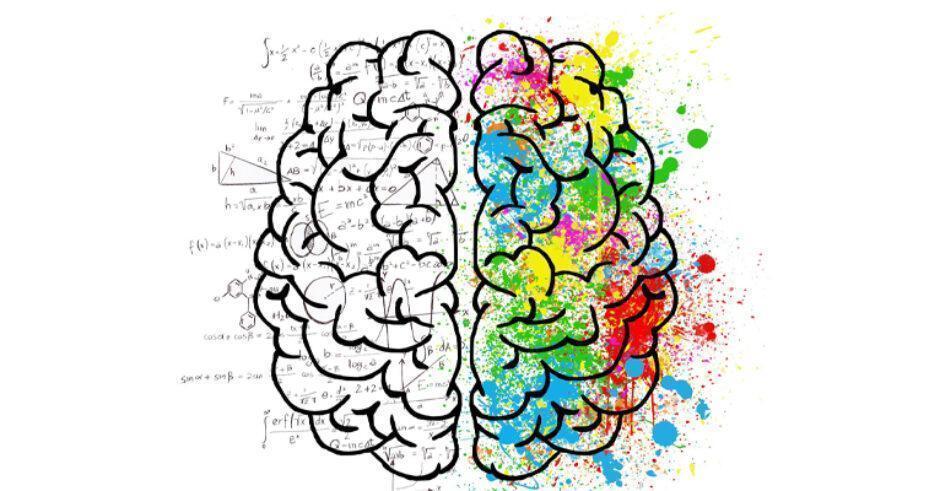Recently, I cannot imagine living without listening to the articles of The Economist. It is similar to a podcast, at the same time it is very much different, since listening to each article takes a shorter time. Having such information from The Economist strengthens me intellectually; the magazine shares carefully researched trends, big ideas and up-to-date insights about business, politics and society. In September this year, I was super excited to be invited to a subscriber exclusive online event of The Economist. The guest was KAL.
KAL is the legendary political cartoonist of The Economist for more than 40 years. He has created 150 covers for the magazine and was twice finalist for Pulitzer prize. In the virtual event of The Economist, he was interviewed by Sacha Nauta, Public Policy Editor of The Economist. The whole virtual event was about the innovative mindset of KAL and how he creates his cartoons. KAL’s insights are very relevant for business professionals.
In his newest book “Eat, sleep, innovate”, Scott D. Anthony, one of the world’s leading experts on innovation, defines five behaviors of innovative people. KAL definitely embraces these five behaviors.
- Curiosity: Innovative people are curious and are not afraid to ask the question: “What if?”. This allows them to create new products, services and solutions. In the case of KAL, he reads a lot, observes the world carefully and is curious about other cartoonists. For instance, Jonathon Zapira, a cartoonist from South Africa, inspires KAL.
- Customer obsession: Scott Anthony defines innovation as “creating something different that has value.” The value is for customers. If a business cannot create value for its customers, that business cannot thrive. KAL is aware of this. The Economist has a big global audience. Therefore, KAL is culturally sensitive about his cartoons. He aims to use metaphors that can be understood globally. In fact, he tries to avoid metaphors from cricket or american football that might not be understood globally.
- Collaboration: No one can create an innovation by herself/himself. We need the collaboration of a variety of people, whether it is a breakthrough innovation or a day-to-day innovation. For more than 40 years, KAL has never missed creating his weekly cartoon for The Economist. The Editor-in-chief of the magazine informs KAL about the general theme of that week, he then starts creating a cartoon. He listens to and collaborates frequently with the Editor-in-chief of the magazine.
- Ambiguity: In innovation, there is a certain level of ambiguity, because there is not a guaranteed success of our efforts. Innovative people are adept in managing this ambiguity. For certain special days such as that of elections, The Economist magazine prepares two different covers based on who will win a particular election in the USA. Once the results are announced, the magazine publishes the relevant cover. KAL works under strict deadlines and manages this uncertainty.
- Empowerment: KAL sends his first sketch to the Editor-in-chief. Once he gets the approval, which is the case in 95% of the time, he improves that sketch multiple times. His process of creation is based on iterations, that is constantly improving what he creates. Throughout the whole creation process he feels empowered. To empower employees to innovate, Scott D. Anthony recommends enabling the following phases. Phase 1: discover the problem to solve, phase 2: solve the problem, phase 3: test the solution rigorously and phase 4: move the idea forward by collaborating. “The biggest enemy of innovation is the organisation itself, specifically the institutionalised inertia in an organisation.” emphasizes Scott D. Anthony in an online interview.
The digital event of The Economist included an exercise where KAL taught us how to draw a cartoon of Donald Trump, one of the world leaders. Below you can see what I drew. I am not good at drawing at all. Many times, I have difficulty drawing a straight line. My drawing below is a proof that an innovative person can make you do things which you believe you cannot accomplish. The lower right side of the cartoon shows Trump’s muscles to indicate the support he receives. The lower left side of the cartoon illustrates his body for people who are against him.
“A Gallup survey of American employees in 2019 found that less than a quarter said they were expected to be innovative in their job; only one in five felt their opinions mattered at work. Unleash their creativity, and productivity will improve, job satisfaction will increase and workers in supposedly ‘low-skilled’ jobs will be free to demonstrate their abilities. If so, the future of work needn’t be gloomy after all.” writes Bartelby in his article published in The Economist October 10th 2020 edition.
Application:
- How can you use the 4-phase approach of Scott D. Anthony to encourage innovation in your team/organisation?
- What can you do to increase collaboration in and across teams?
- What are some steps you can take to enable your team members to be more curious and test new ideas/approaches?
———————————-
Mehmet Baha is Founder of Solution Folder which provides training solutions to make organisations more collaborative and Agile. He has more than 18 years of work experience residing in Germany, USA, Turkey, Cyprus and Ireland. He was one of the first employees of Facebook in Europe where he helped Facebook scale its business. He is also a REMO-endorsed artist. Combining his skills in music and his expertise in business, he designs and delivers unique learning experiences.







